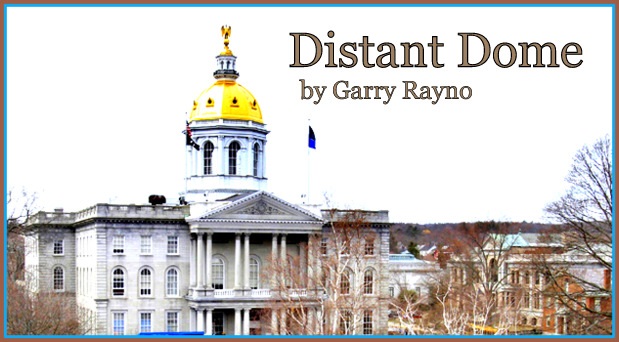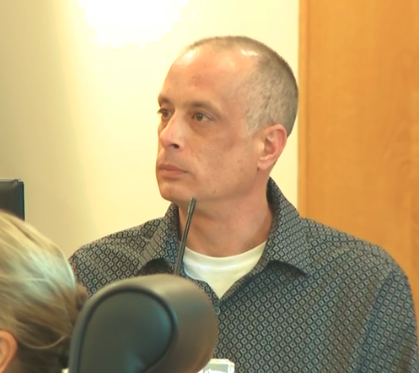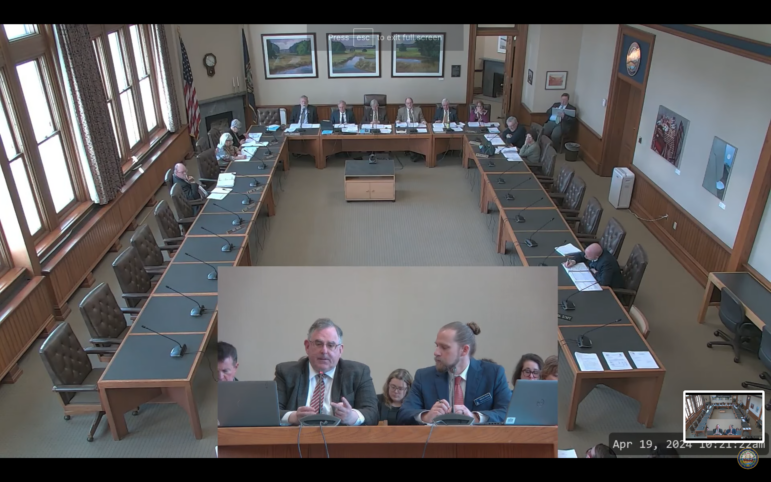Manchester Ink Link and InDepthNH.org co-publish Garry Rayno’s Distant Dome
Editor’s Note: Distant Dome will run every other Monday from now on.
By GARRY RAYNO,
Distant Dome
New Hampshire’s thriving businesses and nearly negligible unemployment rate reflect a growing economy constrained only by an aging workforce and a limited number of skilled workers entering the system.
But a drive along the back roads of New Hampshire’s rural areas from the North Country to the state’s southwest shows another Granite State with families caught in the cycle of poverty, workers stuck in low-paying jobs with little room for advancement, opioid addiction and alcoholism eating at society’s fabric and little state help to change it.
The manufacturing sector that once fueled the economies of small cities and towns has been gone for years leaving no economic ladder to climb for those who remain.
A recent report reinforces what has been known for some time: New Hampshire is two states, not one.
Much of the economic activity that makes up the state’s economy is in four counties: Rockingham, Hillsborough, Strafford and Merrimack. The rest of the state has not recovered from the great recession with few if any new jobs added in the past five or six years.
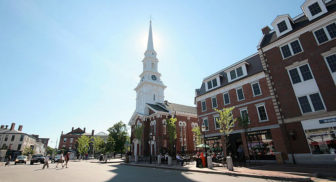
PortsmouthNH.com
North Church in Portsmouth
Places like Portsmouth with more than 100 restaurants, shops, hotels, historic places and its creative community draws boatloads of tourists. Manchester’s Millyard hosts high tech firms with young workers looking for things to do, while Concord has revitalized its Main Street.
Then there are Franklin, Newport and Claremont whose once glorious pasts as centers of economic activity now seem hollow reminders of what their communities used to be.
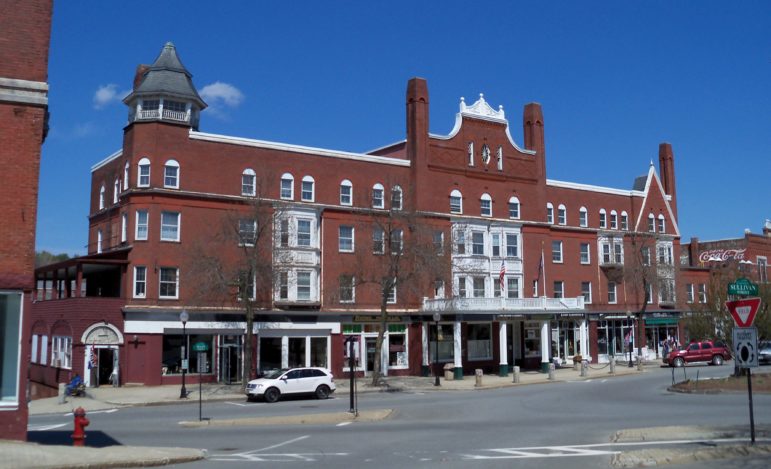
Wikimedia Commons
Claremont, NH
Young people who cannot find work are fleeing rural Coos, Grafton, Carroll and Sullivan counties as well as workers who have to travel hours to earn a paycheck and many more miles to a hospital that will deliver a newborn child.
However bleak the future may be for those in rural communities, it is as bright for those in southeastern New Hampshire.

Garry Rayno
The private sector, responsible for 90 percent of production and employment in the Granite State, sold $3.4 billion more goods and services to state residents, fellow Americans and foreigners from 2015 to 2016, according to Greg Bird, NH Center for Public Policies Studies’ economist, increasing wages by $1.3 billion.
“The transactions that comprise the New Hampshire economy are disproportionately occurring in the southeastern section of our state,” Bird writes in the report. “Consequently, the positive economic trends outlined above are isolated in a few corners of New Hampshire.”
The vast majority of newly created jobs and wages paid have been in the urban areas, and where people are moving the past few years.
Bird said while the more populous urban areas would be expected to see more growth, it is far greater than anticipated.
He notes Rockingham County accounts for 23 percent of the state’s population, but was responsible for 40 percent of job growth and population gains in the Granite State.
While the job growth is impressive, there are some troubling signs. The private sector job growth has been in healthcare, construction, restaurants and white-color office businesses.
Three of the top eight industries with job growth are in the health care sector which could be significantly impacted by potential changes in the Affordable Care Act coming from Washington.
Also, many of the new jobs pay wages below the state average making it difficult for many to live in the communities where they work.
With the job growth centered in the four southeastern counties, the other six are being left behind.
Places like Berlin and Groveton had their lifelines cut when the paper mills closed and nothing has replaced the lost jobs except prison work in Berlin.
The six counties do have sweet spots such as Conway or the towns around Lake Winnipesaukee and Lake Sunapee, Hanover and Lebanon, and other college towns like Plymouth and Keene, but not far away, the dismal backroads are a very different story.

President Trump
It should surprise no one Donald Trump won the New Hampshire Presidential Primary in a landslide while Bernie Sanders did the same on the Democratic side.
The two politicians may come from different sides of the political spectrum, but they both spoke of the economic dislocation of people who once were the backbone of America, but are now alienated, angry and most importantly left behind and forgotten.

Vt. Sen. Bernie Sanders
Many people in rural areas are hurting and much of Concord’s focus the past few years has done nothing to address that.
The one thing that could make a significant difference is more accessible higher educational opportunities, but lawmakers have been slow to restore state aid to pre-recession levels.
The fiscal 2012-13 state operations budget approved by the 2011 legislature slashed state aid in half to the university and community college systems, sending tuition rates higher and higher in the state with the highest student debt in the country. Not only do New Hampshire college students have the highest debt, New Hampshire contributes the least of any state to help its students pay for higher education.
New Hampshire is one of nine states where tuition revenues are double state funding for higher education, according to a report published by the Center on Budget and Policy Priorities.
The university and community college systems received a combined $394.5 million in tuition from students while state aid to the systems was $132.6 million.
For fiscal year 2011, the university system received $100 million in state aid, but only $51.6 million in 2012. For the current 2018 fiscal year budget, the system will receive $81 million.
New Hampshire higher education tuition increased 39.4 percent from 2007 to 2017, the fourth highest increase for four-year institutions in the country. The increase translates into a $4,424 increase compared to a national average of $2,484.
The community college system received $37.6 million in state aid in fiscal 2011, and that dropped to $23.6 million in 2012. In fiscal 2018, state aid is $46.5 million.
While state aid to higher education lags, lawmakers decided to cut the rates of the business enterprise and business profits taxes which together are the single biggest source of revenue for the state.
The New Hampshire Fiscal Policy Institute notes those tax reductions may in the future make it more difficult to increase state aid for higher education.
‘The increased risk of reduced revenue from these rate changes, as well as a proposed 18 percent reduction in federal Pell Grant aid, the primary source of grant aid, should alert policymakers to potential future challenges students and families may face when paying for higher education in the state and the subsequent consequences for New Hampshire’s workforce and economy,” the report read.
“Given New Hampshire’s workforce constraints and demographic trends, the state’s public institutions of higher education can be key resources for bolstering the economy and productivity.”
The question is will a more robust higher education system help the entire state, not just the southeastern corner?
Not right away, but it would be a start.
Lawmakers have several bills to boost workforce programs they will have to act on the first month of the 2018 session that will indicate what approach this legislature will follow.
Correction: Although lawmakers have tried several times to end free skiing for seniors during the week at Cannon Mountain Ski Area, those attempts have been unsuccessful. The last Distant Dome column said the practice had been eliminated to save money.
Garry Rayno can be reached at garry.rayno@yahoo.com
 Garry Rayno’s Distant Dome runs exclusively on Manchester Ink Link and InDepthNH.org, where Rayno will explore a broader perspective on State House – and state – happenings. Over his three-decade career Rayno has closely covered the NH State House for the New Hampshire Union Leader and Foster’s Daily Democrat, and his coverage spanned the news spectrum, from local planning, school and select boards, to national issues such as electric industry deregulation and Presidential primaries. He is former editor of The Hillsboro Messenger and Assistant Editor of The Argus-Champion. Rayno graduated from the University of New Hampshire with a BA in English Literature and lives with his wife Carolyn in New London.
Garry Rayno’s Distant Dome runs exclusively on Manchester Ink Link and InDepthNH.org, where Rayno will explore a broader perspective on State House – and state – happenings. Over his three-decade career Rayno has closely covered the NH State House for the New Hampshire Union Leader and Foster’s Daily Democrat, and his coverage spanned the news spectrum, from local planning, school and select boards, to national issues such as electric industry deregulation and Presidential primaries. He is former editor of The Hillsboro Messenger and Assistant Editor of The Argus-Champion. Rayno graduated from the University of New Hampshire with a BA in English Literature and lives with his wife Carolyn in New London.
